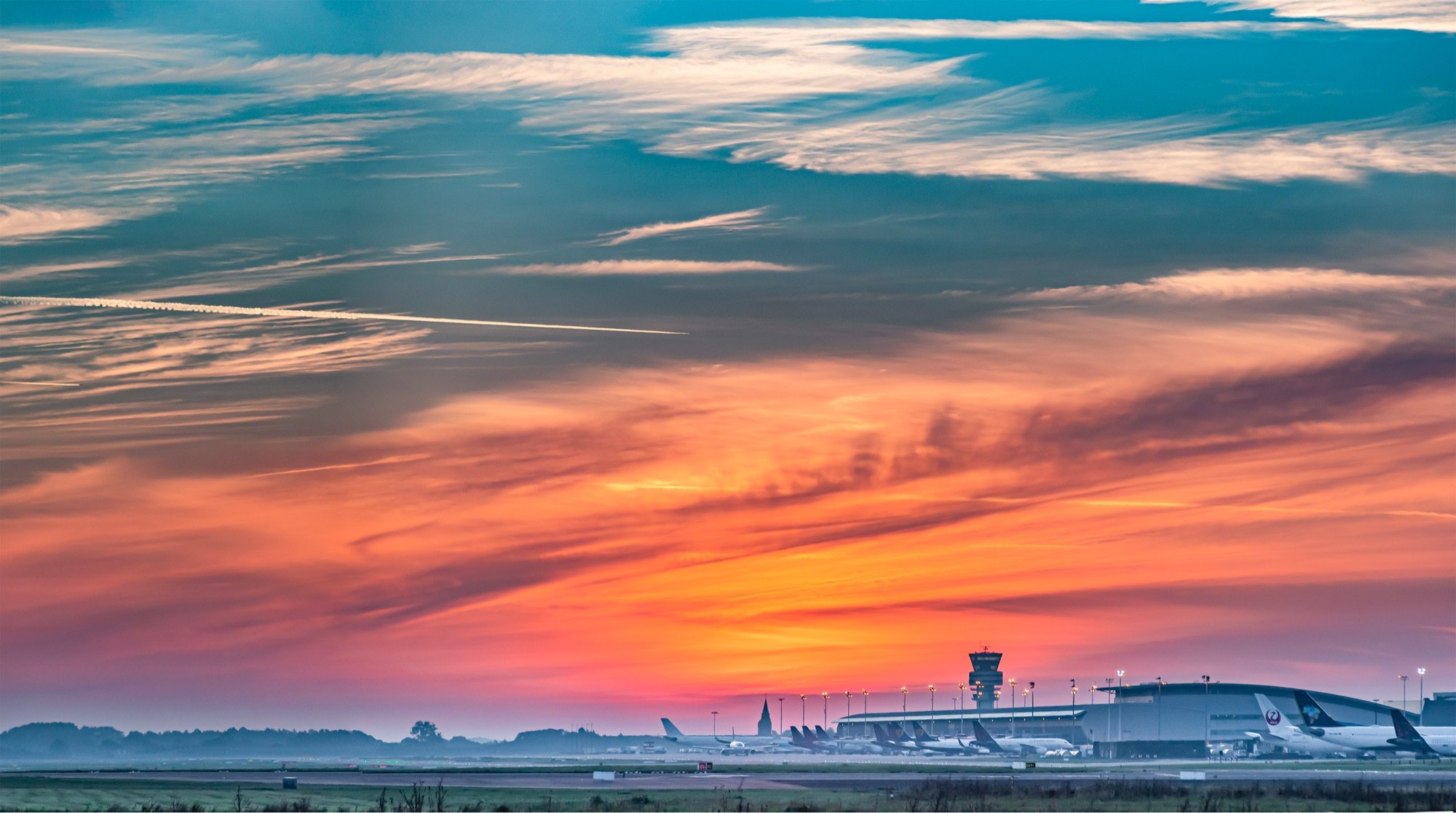0,12
min/vol = 7.2 seconds average En-route delay per flight
This is the En-route punctuality performance target defined in the FABEC performance plan. This is the target for skeyes and represents its contribution to both FABEC and European network performance. This indicator takes all causes of delay into account, such as weather, not just those that skeyes can control (CRSTMP).
0,08
min/vol = 4.8 seconds average En-route delay per flight
Skeyes’ actual En-route punctuality performance for all causes. This was the best performance in FABEC.
Target achieved for skeyes, which contributed positively to the performance of FABEC (Belgium, Netherlands, Luxembourg, Germany, France and Switzerland) in terms of punctuality.
1,64 min/vol = 98,4 seconds delay per flight
Average En-route ATFM delay per flight in FABEC airspace for all causes. In 2023, FABEC did not achieve its target of limiting En-route delay for all causes in its airspace to 0.37 minutes per flight. Nevertheless, FABEC was able to control the delay generated by ATM in its airspace since it was reduced by 0.46 minutes per flight compared with 2023.
FABEC comprises six countries (Belgium, France, Germany, Luxembourg, the Netherlands and Switzerland) and manages more than 55% of European air traffic. skeyes’ performance in terms of En-route punctuality helped reduce the average En-route delay in FABEC.









